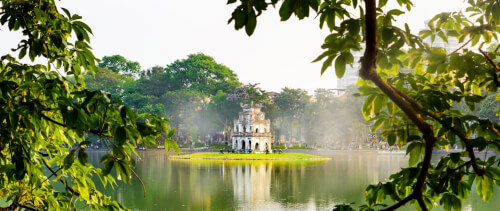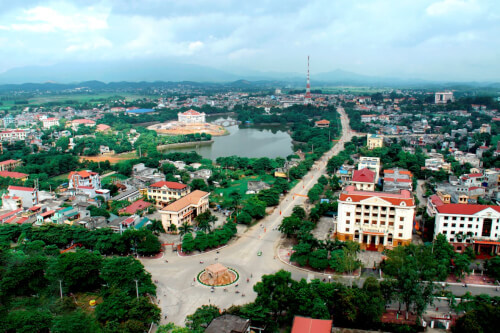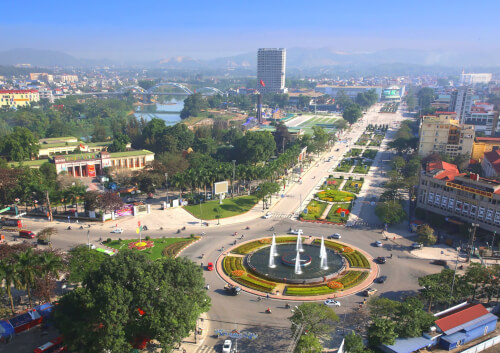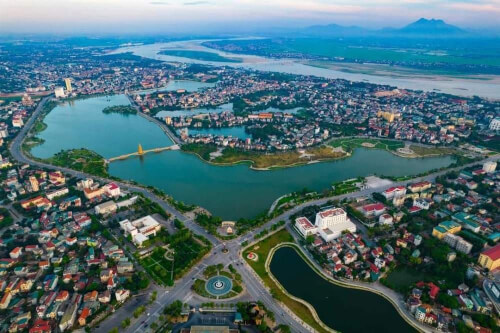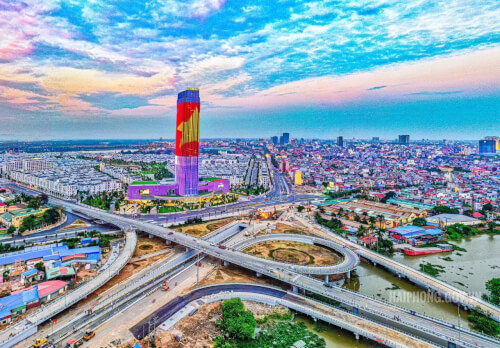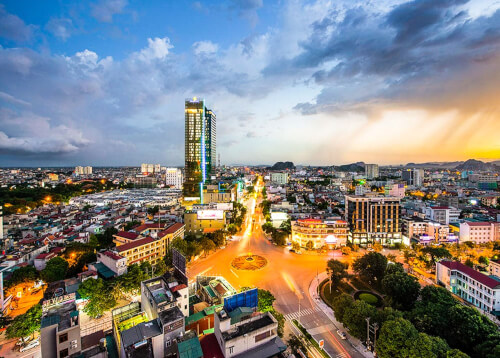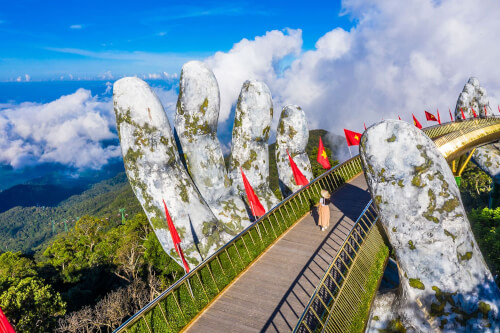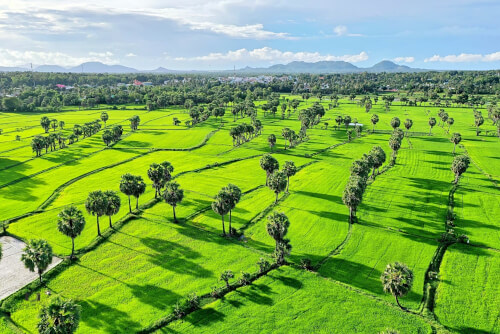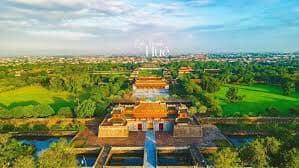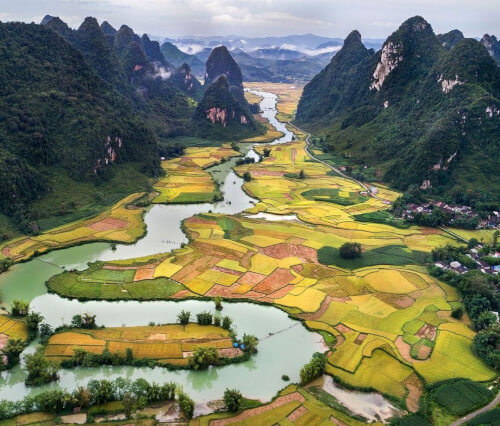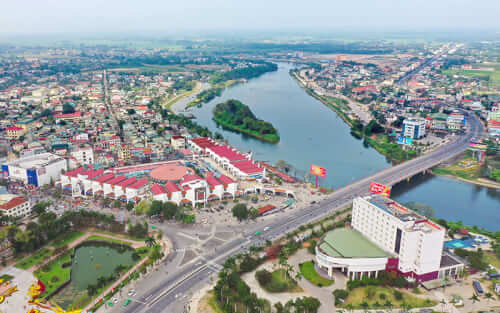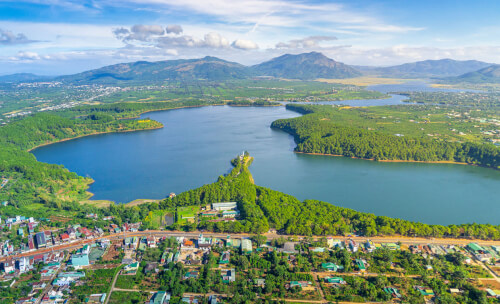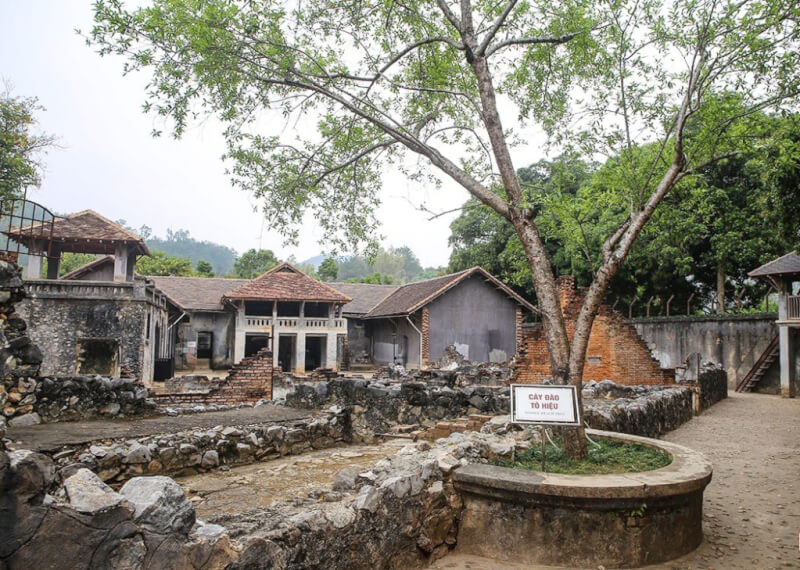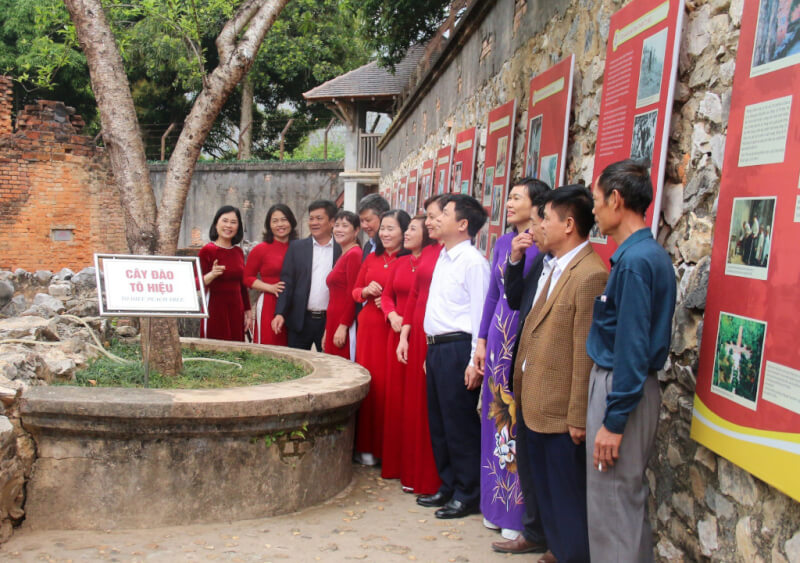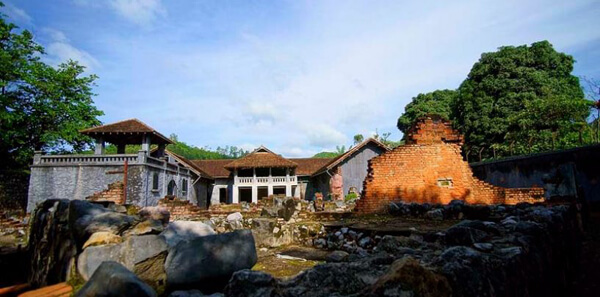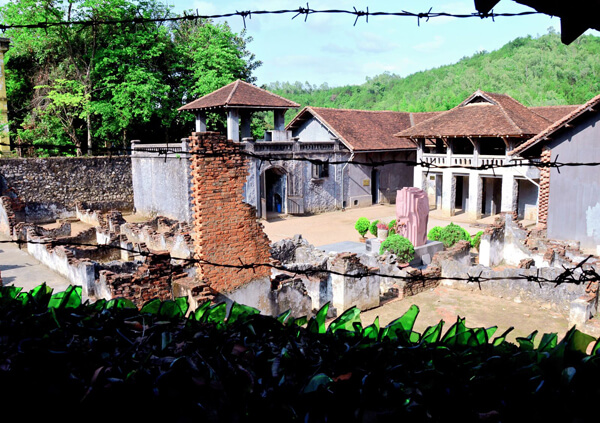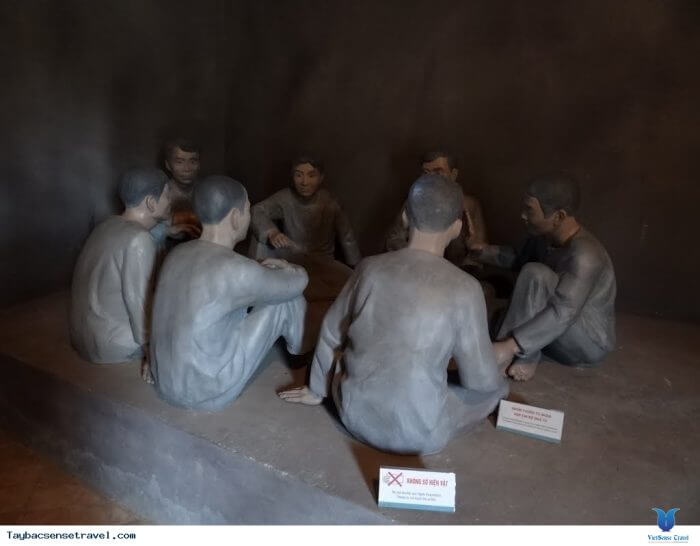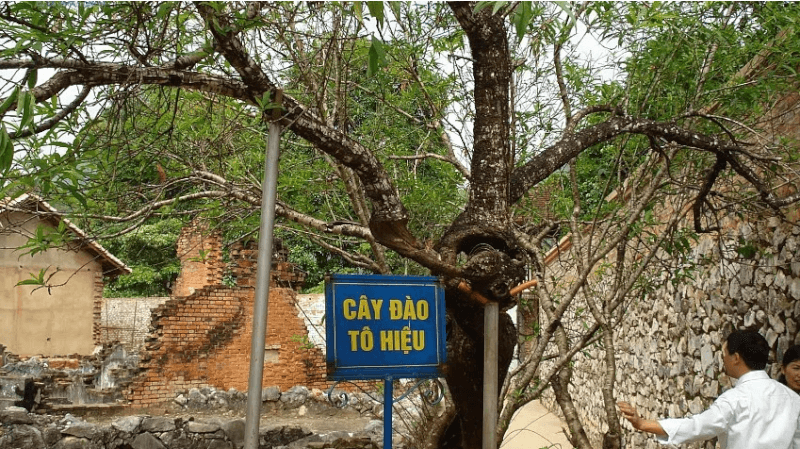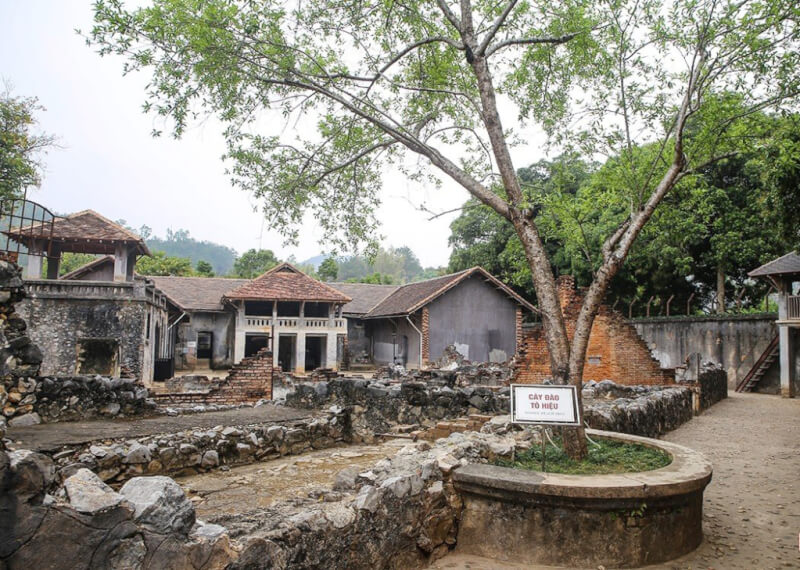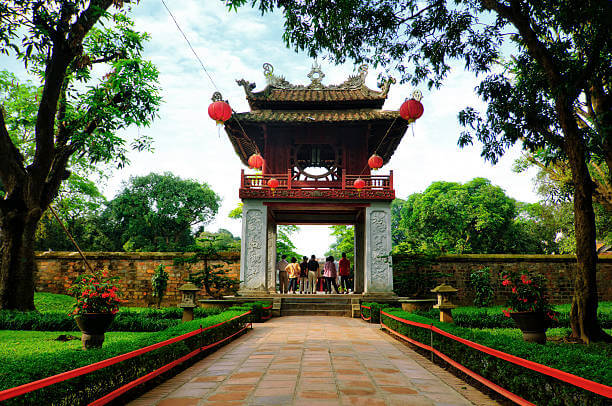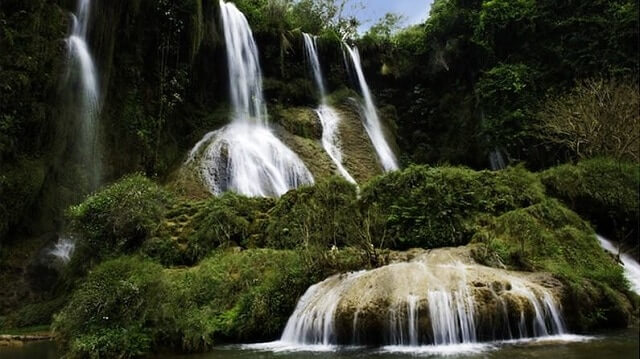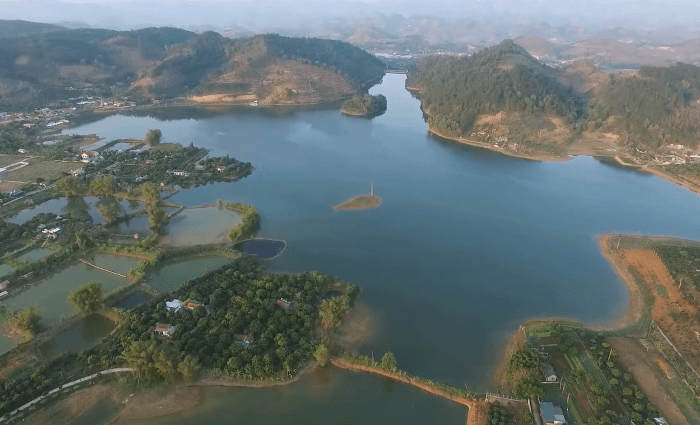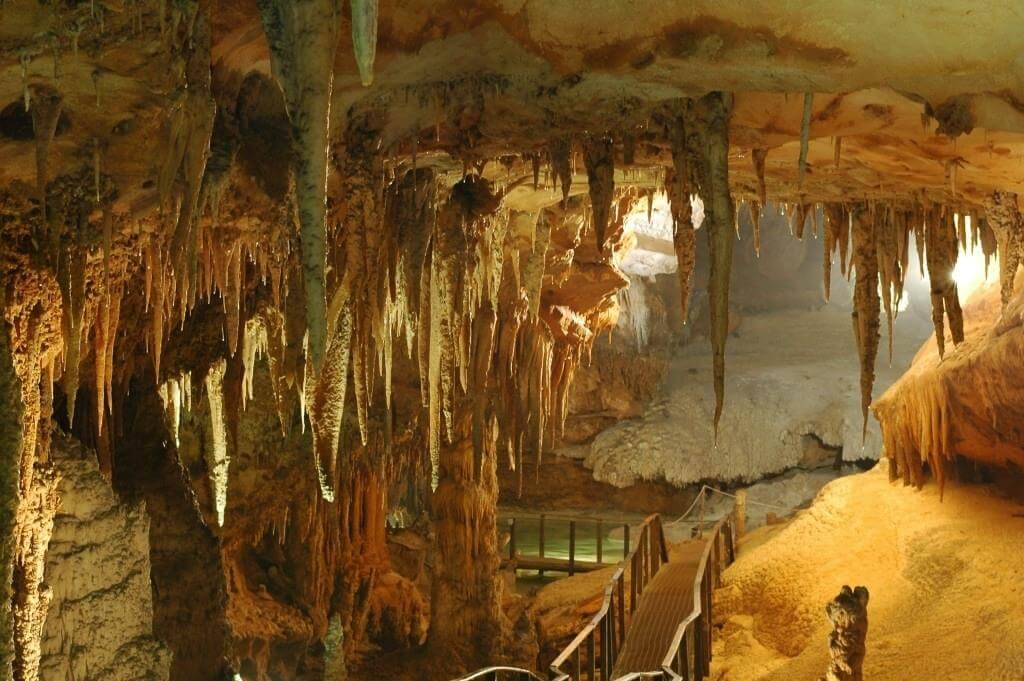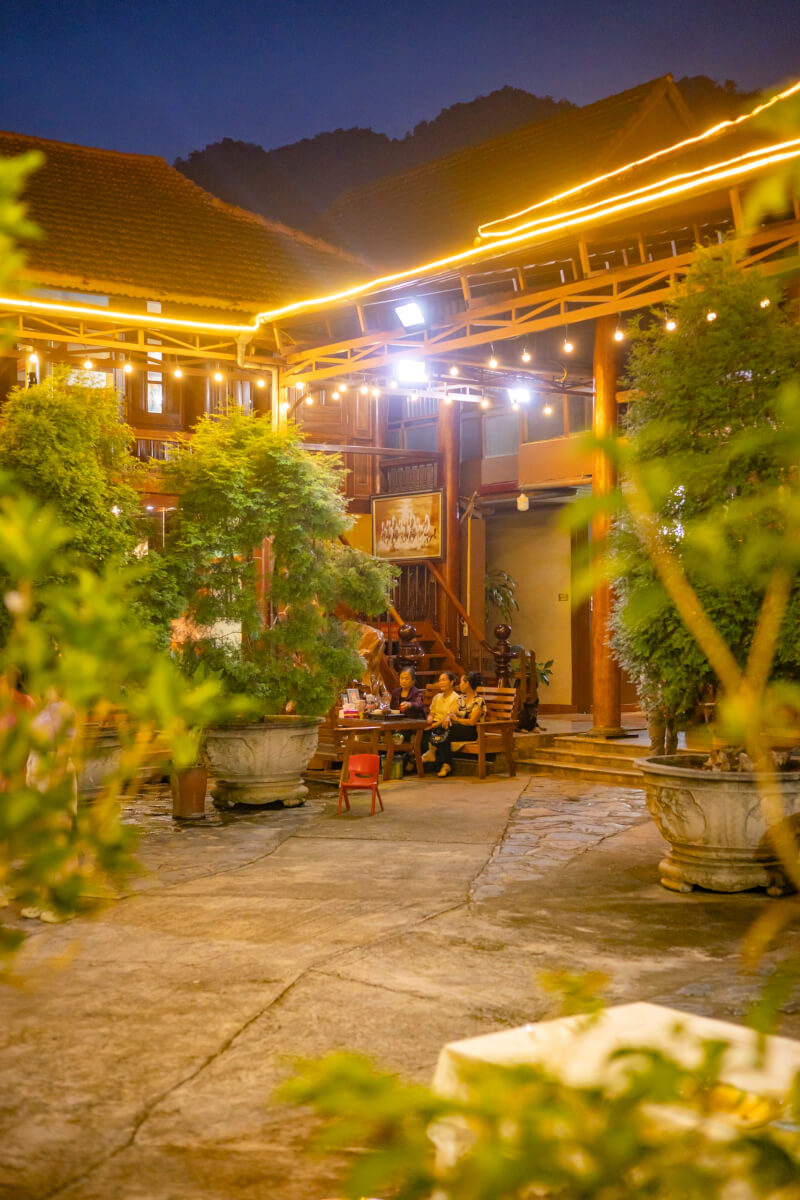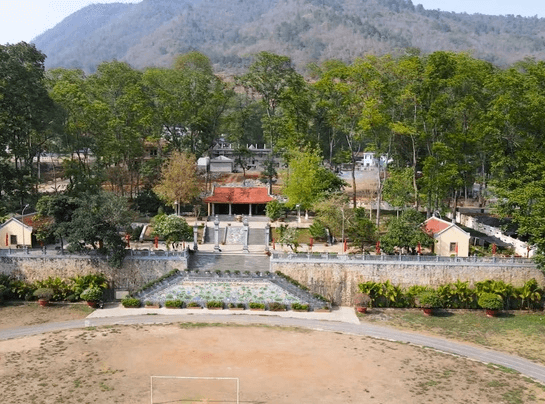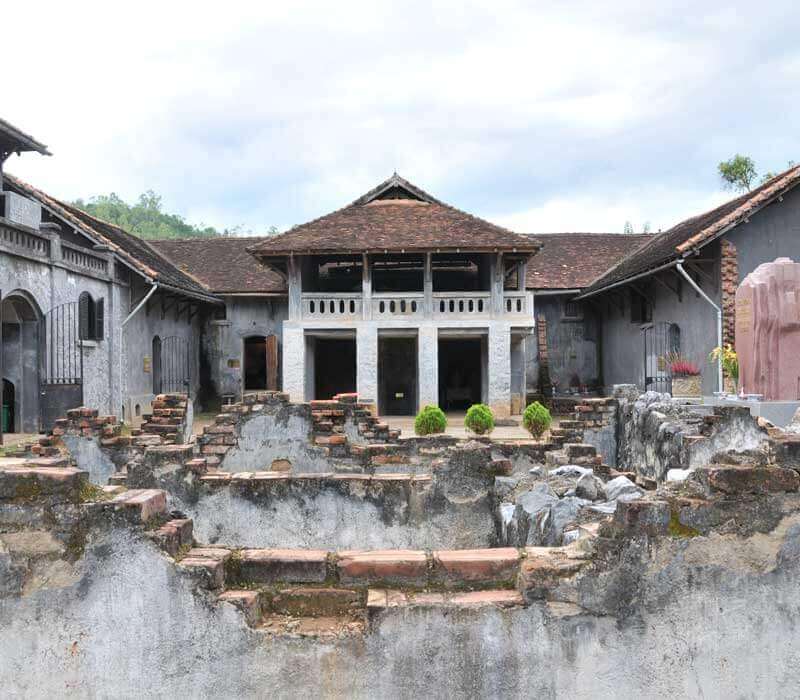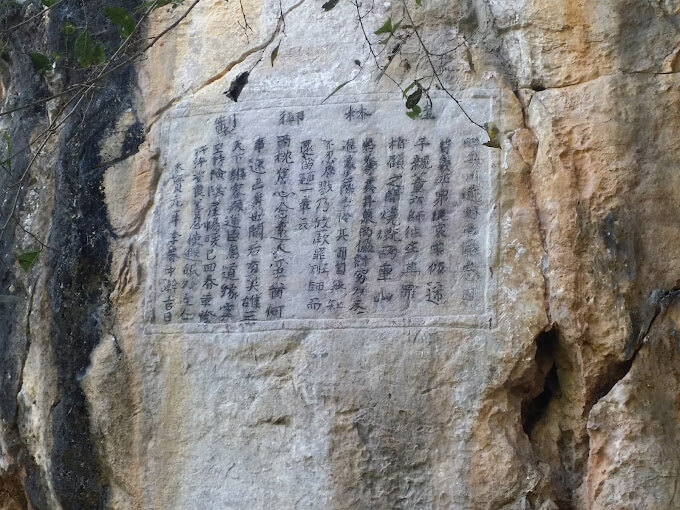Son La Prison was built by the French colonialists in 1908. It was once a place to detain more than 1,000 Vietnamese Communists and patriots. It is famous for its historic To Hieu Peach Tree. This is a great place to teach the younger generations of Vietnam about their sacrifices for the cause of national liberation. Join us to learn about this famous landmark! The prison was established in 1908 in the center of Son La town and on top of Khau Ca hill. Son La's terrifying reputation continued to spread and soon it was considered one of the most brutal prisons in Southeast Asia. Initially a small place, the prison quickly expanded to become an important place, where many political prisoners were held. At that time, this place was famous as a cruel and terrifying prison, where the will to resist and patriotism in the minds of prisoners were reduced by the bloodiest methods. However, for the revolutionaries imprisoned in Son La Prison, this place is a "school" where endurance, solidarity and fighting spirit are trained. Notable prisoners detained here include General Secretary Le Duan, famous revolutionary To Hieu (who died of tuberculosis during his imprisonment), and commander Van Tien Dung. There have been many stories about the resilience and courage of revolutionaries who fought against colonialism and sacrificed their lives here like To Hieu. Taking advantage of the harsh climate and rugged terrain, the French colonialists built Son La Prison and turned it into a "hell on earth" to detain Vietnamese communists and end their revolutionary struggle. In the summer, due to the influence of the Foehn wind, all the cells in the prison resemble a furnace. Meanwhile, winter is cold because of the harsh climate of the border area. However, regardless of the harsh climate and cruel regime, Vietnamese communists overcame all difficulties and turned the prison into a revolutionary school, where key party members of the Vietnamese revolution were trained. Son La Prison is an important revolutionary relic, demonstrating the boundless patriotism and steadfast will of the Vietnamese people. In 2014, the prison was recognized as a special national monument because of its great historical significance. Son La Prison was built by the French colonialists on Khau Ca hill, next to Nam La stream, Son La province. From here you can see the entire city of Son La. Construction of the prison began in 1908 on an area of 500 square meters. 32 years later, it was expanded to 1,700 square meters. The prison is surrounded by solid walls made of brick and stone, 4 meters high and 0.5 meters wide. The surface of the prisoner's bed is covered with cement; Meanwhile, its outer edge is attached to a leg shackle system. During 15 years, from 1930 to 1945, a total of 1,013 communist prisoners and soldiers were detained at Son La Prison, where many loyal soldiers and party members were trained to prepare for the general uprising of the August Revolution in 1945: General Secretary Truong Chinh, General Secretary Le Duan, Army Commander Van Tien Dung, Le Duc Tho, Le Thanh Nghi, Xuan Thuy, To Hieu, ….and the patriotic symbol of hero To Hieu are worth mentioning a few. Son La Prison was destroyed with explosives in 1952 as the French sought to eradicate the brutality and inhumane conditions that occurred there. This bombardment, along with other rounds of destruction during the war against America, left Son La Prison a smoldering pile of rubble. In 1965, under fierce American bombing in North Vietnam, Son La Prison was almost completely destroyed. Later it was restored by the Vietnamese to recreate history. Visiting Son La Prison, visitors will have the opportunity to see with their own eyes hundreds of historical artifacts such as handcuffs, iron chains, cells, and the To Hieu peach tree. Named after a brave and loyal communist, the To Hieu peach tree symbolizes the indomitable spirit of typical Vietnamese revolutionary soldiers. An important relic is the peach tree planted by To Hieu. During the last years of his life, he carefully cared for the tree and ensured that it would last long after he was gone. Today, the banyan tree is considered a symbol of the indomitable spirit of hero To Hieu despite his serious illness and pain in a cold prison. To this day, the To Hieu peach tree is still evergreen and blooms beautifully every spring. The prison is a famous historical site that attracts many domestic and international tourists. In particular, on special occasions, every day Son La Prison welcomes over 2,000 visitors to visit and review memories of a fierce revolutionary period. Visitors can explore the ramshackle gates and crumbling walls of Son La Prison when visiting the prison museum. You'll find lifelike oil paintings depicting the harsh treatment of prisoners, and you'll also be able to walk through the remaining basement area, where solitary confinement cells and tiger cages have been restored. Son La Prison and To Hieu Peach Tree are considered one of the most famous places, with the equally infamous name "Hell on Earth" to describe the horrifying brutality of the French colonialists against Vietnamese prisoners here. Son La Prison is an endless source of inspiration that empowers today's generations in the work of protecting the independence of the Fatherland and building a prosperous country.
Son La 256 view From January to March.
Ngày cập nhật : 17/11/2025

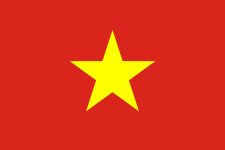 vn
vn en
en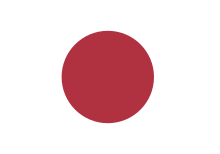 ja
ja ko
ko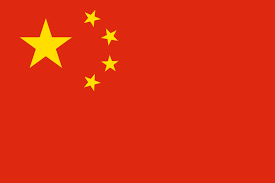 zh
zh